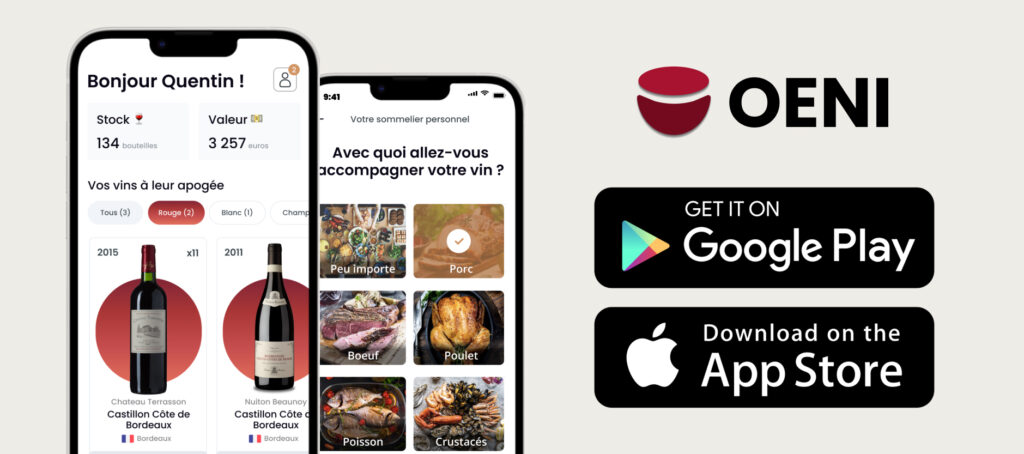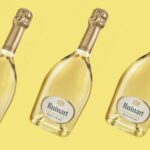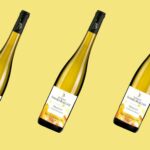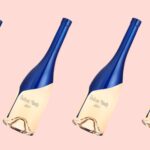The world of wine is changing. Wine technology is invading cellars, glasses and even our purchasing choices. For several years now, wine algorithms have been attracting attention.
If you're interested in wine-related articles, download our app for IOS or Android. It will give you access to our wine lexicon, our articles and our innovative solution, designed for all wine consumers and collectors.
The rise of wine recognition tools
The idea seems simple. Using massive databases and sensory analysis models, a wine algorithm can identify a style. It can then recommend a bottle close to your personal taste. The principle is based on wine style recognition, a technology borrowed from other sectors such as music and cinema.
Platforms are already using these techniques. They analyze thousands of tasting notes, ratings and comments. From these, they define aromatic profiles. The algorithm then links these profiles to your preferences, purchases or ratings.
How does wine style recognition work?
For a wine algorithm to work properly, it needs to be supplied with reliable data. This includes grape varieties, regions, vintages, types of winemaking, but also consumer opinions. The richer the database, the more accurate the recommendations.
Wine style recognition is based on both objective and subjective criteria. The wine's chemical data (acidity, tannins, sugar, alcohol) is cross-referenced with user feedback. Artificial intelligence then identifies trends. It classifies wines according to taste families: fresh, round, full-bodied, mineral, etc.
This approach creates taste maps. Each wine has a unique place in this sensory universe.
A useful tool for curious amateurs
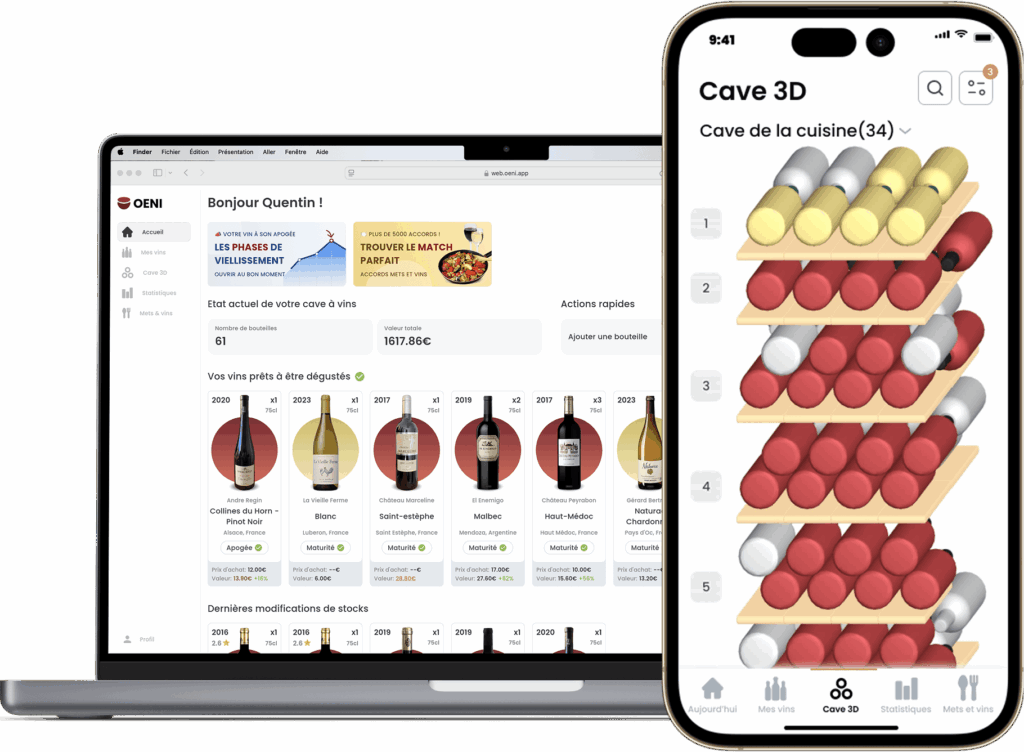
For beginners, these tools facilitate discovery. They allow you to get off the beaten track without risk. The user enters a few preferences. The algorithm then suggests wines with a similar style, even if they come from a different region or grape variety.
Wine technology lowers the barriers. It makes the world of wine more accessible, less intimidating. It avoids purchasing errors and encourages exploration. For many wine lovers, it's the ideal gateway to quality bottles.
A useful development for online sales
In e-commerce, these systems become invaluable. Wine merchants need to differentiate themselves. Offering personalized recommendations improves the customer experience. It also reduces returns and increases loyalty.
The wine algorithm analyzes shopping habits and preferences. It then adapts the selections put forward. Consumers find what they're looking for more quickly. They even discover unexpected bottles close to their tastes.
This winemaking technology also optimizes logistics. It enables us to better anticipate demand according to customer profiles.
A risk of taste standardization?
But this innovation also raises criticism. Some fear standardization. If everyone follows algorithmic recommendations, tastes will converge. Popular styles are favored. Atypical or disconcerting wines become less visible.
Wine-style recognition is often based on consensus. It values the aromatic profiles of the majority. This can be detrimental to vineyard diversity. Producers may adapt their wines to market tastes rather than terroir.
This risk already exists in traditional criticism. It could be amplified by the widespread use of algorithms.
Questioning objectivity
Another challenge is data reliability. The wine algorithm learns from sometimes contradictory comments. Tastes are subjective, evolving and contextual. The same wine can be perceived differently depending on the moment, the temperature, or the accompaniment.
Wine-making technology can rationalize some dimensions, but not all. It does not replace intuition or experience. It must remain an aid, not an absolute truth. Otherwise, it runs the risk of inducing overly rigid or mechanical choices.
What's the impact for winegrowers?
Producers are watching this development with interest. Some are collaborating with sensory analysis platforms. Others remain cautious. They fear that technology will impose overly strict specifications.
A winemaker can choose to adapt his style to algorithmic demand. Or he may decide to preserve his identity. In this case, wine style recognition becomes a strategic issue. It requires thought about positioning, typicity and loyalty.
It also makes it easier to identify audiences sensitive to a certain profile. This facilitates communication and targeted marketing.
Innovation already built into certain tools
Applications such as Vivino, Wine Ring or Oeni integrate these technologies. They analyze your preferences and tasting history. They learn over time and refine their proposals.
The wine algorithm becomes a personal assistant. It guides your purchases, your food and wine pairings, or even your cellar selections. It adapts to your evolution in taste. It suggests new styles, but always with a consistent approach.
This personalization appeals to younger consumers, accustomed to Spotify or Netflix recommendations.
Marketing or real progress?
It's hard to say. Wine technology meets a real need for guidance in a very broad market. It offers useful and accessible reference points. It modernizes the relationship between producers, sellers and consumers.
But it also serves commercial objectives. It captures attention, builds customer loyalty and steers purchases. It can steer the market towards dominant tastes, to the detriment of minority styles.
The danger lies not in technology, but in its exclusive use. We need to preserve the diversity of tastes and approaches.
Towards a hybrid future?
Wine remains a matter of culture, sharing and discovery. The wine algorithm can enrich this experience, without replacing it. It can help you get to know yourself better, and make better choices, but it can't replace the emotion of a surprise.
The ideal combination is a balanced one. Technology accompanies, but does not direct. The palate remains the master, the algorithm becomes the guide. Wine style recognition can become a bridge between intuition and data.
If you enjoyed this article, don't hesitate to read the following one "Can you clone a grand cru? The challenges of experimental viticulture"which may also be of interest to you!


